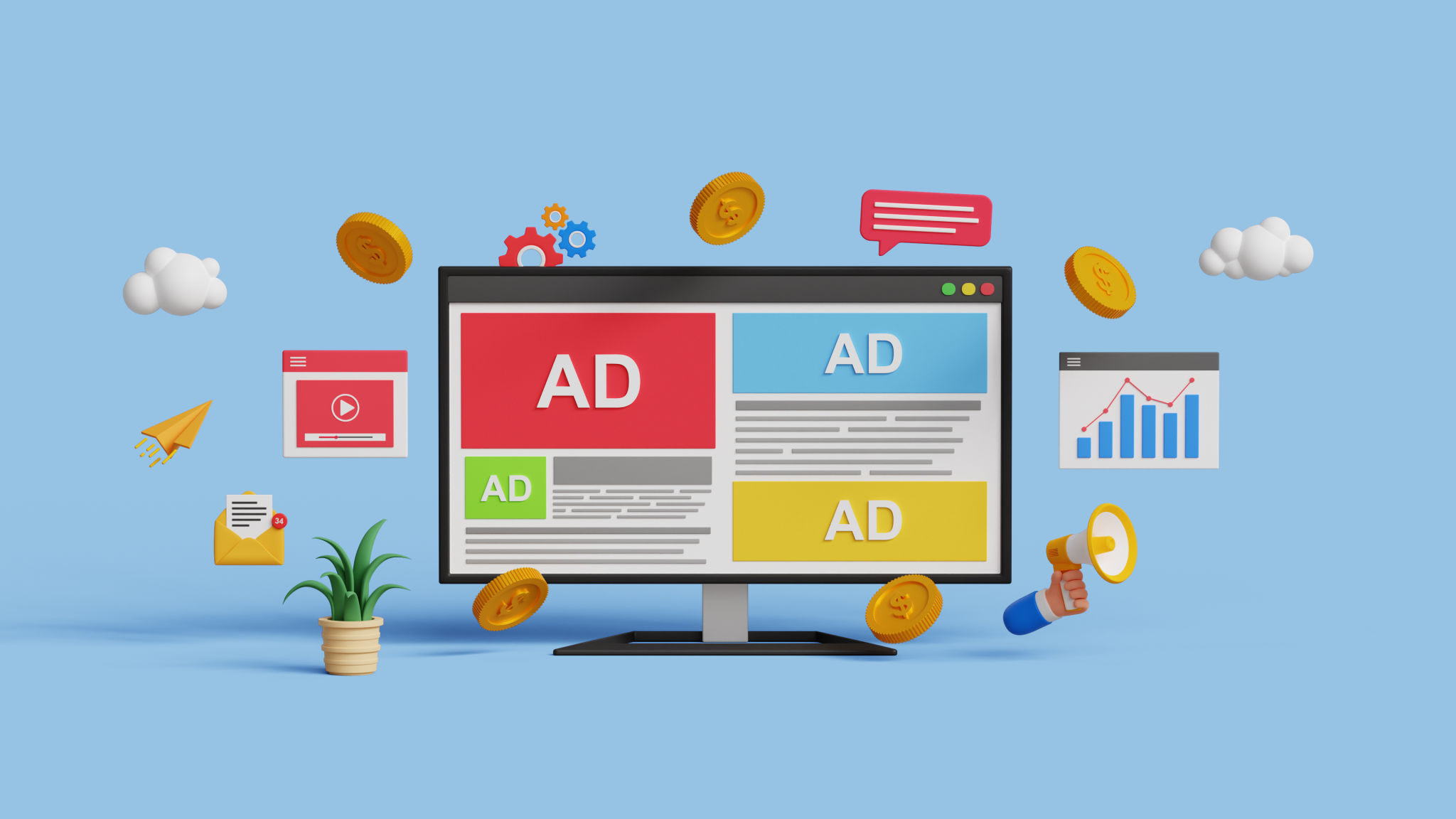Boosting Lead Generation: Inbound vs. Outbound AI Engines
CP
Understanding Inbound and Outbound AI Engines
In the evolving landscape of digital marketing, businesses are continually seeking efficient strategies to boost lead generation. Two popular methods stand out: inbound and outbound AI engines. Understanding the distinction between these two approaches can significantly impact your marketing success. Inbound AI engines focus on attracting potential customers through content creation, SEO, and social media engagement, while outbound AI engines employ tactics such as email campaigns, cold calls, and targeted advertisements.
The Power of Inbound AI Engines
Inbound AI engines are designed to draw in potential customers by providing valuable content and information they are already seeking. These engines harness the power of search engine optimization (SEO) and content marketing to create a pull strategy that naturally attracts leads. The AI can analyze data to predict trends and preferences, allowing marketers to craft personalized content that resonates with their audience.

Furthermore, inbound AI engines can enhance social media strategies by identifying the best times to post, the type of content that garners the most engagement, and the platforms where the target audience is most active. This data-driven approach ensures that your marketing efforts are not just hitting the mark but are also continuously optimized for better results.
Outbound AI Engines: A Different Approach
On the other hand, outbound AI engines take a more proactive approach by reaching out directly to potential customers. This method often involves the use of automated tools to send personalized emails, engage in chatbots conversations, or even conduct predictive dialing for sales calls. Outbound strategies benefit from AI's ability to analyze vast data sets, ensuring that outreach is targeted and efficient.

These engines can also fine-tune advertising campaigns by determining which ads are most effective for different segments of your audience. By leveraging machine learning algorithms, outbound AI systems can continuously improve campaign performance based on real-time data.
Choosing the Right Approach for Your Business
Deciding between inbound and outbound strategies depends largely on your business goals, industry, and target audience. An inbound approach may be more suitable for businesses that rely on building long-term relationships and nurturing leads over time. In contrast, outbound strategies might be ideal for companies looking to achieve quicker results through direct engagement.
Integrating Inbound and Outbound Strategies
The most successful businesses often incorporate a mix of both inbound and outbound strategies. By integrating these approaches, you can leverage the strengths of each method. For instance, an inbound strategy might generate interest and nurture leads, which can later be converted through targeted outbound efforts.

AI plays a crucial role in this integration by providing insights that help marketers understand when and how to switch between methods for optimal results. With AI's analytical capabilities, you can achieve a balanced approach that maximizes lead generation potential.
The Future of Lead Generation with AI
As AI technology continues to evolve, both inbound and outbound engines will become even more sophisticated. The future promises smarter algorithms, more accurate predictions, and enhanced personalization. This evolution will allow businesses to create more meaningful connections with their audience and drive higher conversion rates.
Ultimately, embracing AI-powered lead generation strategies will position businesses at the forefront of innovation, ensuring they remain competitive in an increasingly digital world. By understanding and utilizing both inbound and outbound AI engines, businesses can effectively boost lead generation efforts and achieve sustainable growth.
